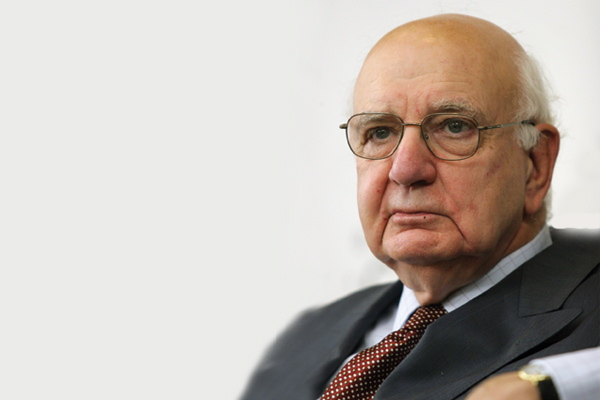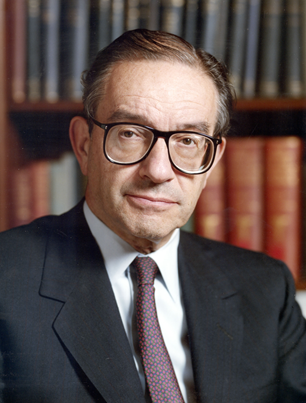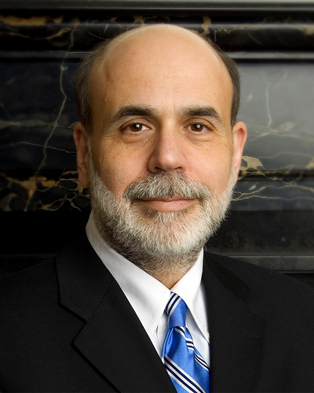When The Fed Stops Laughing the Country is in Trouble
February 5, 2012 in Editorial
The Central Bank of the United States is tasked with the goal of keeping both rates of inflation and unemployment low. This is often referred to as the Central Bank’s “Dual Mandate“. The Central Bank (also known as the Federal Reserve) also publishes detailed transcripts from its meetings after a five year delay. The transcripts show that members of the committee often break out into laughter and Centives decided to look at the incidence of laughter versus the rate of inflation and unemployment during the meetings in an attempt to see which part of its dual mandate the Federal Reserve is more concerned about.
The transcripts (which go back to 1976) show that laughter didn’t become common during Federal Reserve meetings until the very late 70s. In the 40 meetings between March 1976 and August 1979 there were only four counts of laughter. In the next ten meetings there were 16 instances of laughter. In the 1990s there were close to 900 instances of laughter according to meeting transcripts.
Overall the correlation between laughter and unemployment across all Federal Reserve meetings was -0.54. The negative value means that during meetings where there was a lot of laughter, the unemployment rate was low. Conversely in meetings where there wasn’t a lot of laughter the unemployment rate was generally higher. This makes sense because during times of economic distress one would imagine that the Federal Reserve would be more serious in its deliberations. The overall correlation between laughter and inflation was -0.44. This also makes sense, although when compared to the -0.54 correlation with unemployment, this suggests that overall the FOMC is more concerned with unemployment.
Federal Reserve meetings are held by a committee known as the Federal Open Market Committee (FOMC). The chair of the FOMC is appointed by the President of the United States. Ever since transcripts have been produced in 1976 there have been five chairs of the FOMC: Arthur Burns, William Miller, Paul Volker, Alan Greenspan, and the incumbent, Ben Bernanke. Laughter during the reign of Burns and Miller was not common enough to present any meaningful analysis, therefore we begin with Paul Volker.
Paul Volker

Volker is widely known for bringing an end to high levels of inflation in the United States. It is, therefore, somewhat surprising that during his time, the correlation between laughter and inflation was 0.28 – a positive correlation which suggests that there was more laughter during meetings where the rate of inflation was high. The corresponding correlation between laughter and unemployment was -0.16.
Alan Greenspan

During Greenspan’s years the meetings really did turn into a comedy club with over 2000 incidences of laughter recorded across 149 meetings. The correlation between laughter and inflation was -0.49, and the correlation between laughter and unemployment was -0.29. The stronger correlation between laughter and inflation suggests that under Greenspan’s tenure meetings were more likely to be tense and bereft of laughter during periods of high inflation rather than high unemployment.
Ben Bernanke

Transcripts are only available for the seven meetings that Bernanke chaired in 2006. In those meetings the correlation between laughter and the unemployment rate was surprisingly strong at -0.57. However the correlation between laughter and the inflation rate was even stronger, clocking in at -0.79.
In sum, while the amount of laughter during FOMC meetings might be surprisingly high, the members of the committee seem responsive to the situation at hand and modify their attitude accordingly while keeping in mind both aspects of their mandate.
Centives would like to thank The Daily Stag Hunt whose own analysis of laughter at FOMC meetings since 2001 helped inspire this article. Centives would also like to thank the faculty behind Lehigh University’s Fed Challenge Team, who helped us to understand the dynamics of the FOMC. Inflation data was taken from here, and unemployment data was taken from here.
Thanks for the reference.